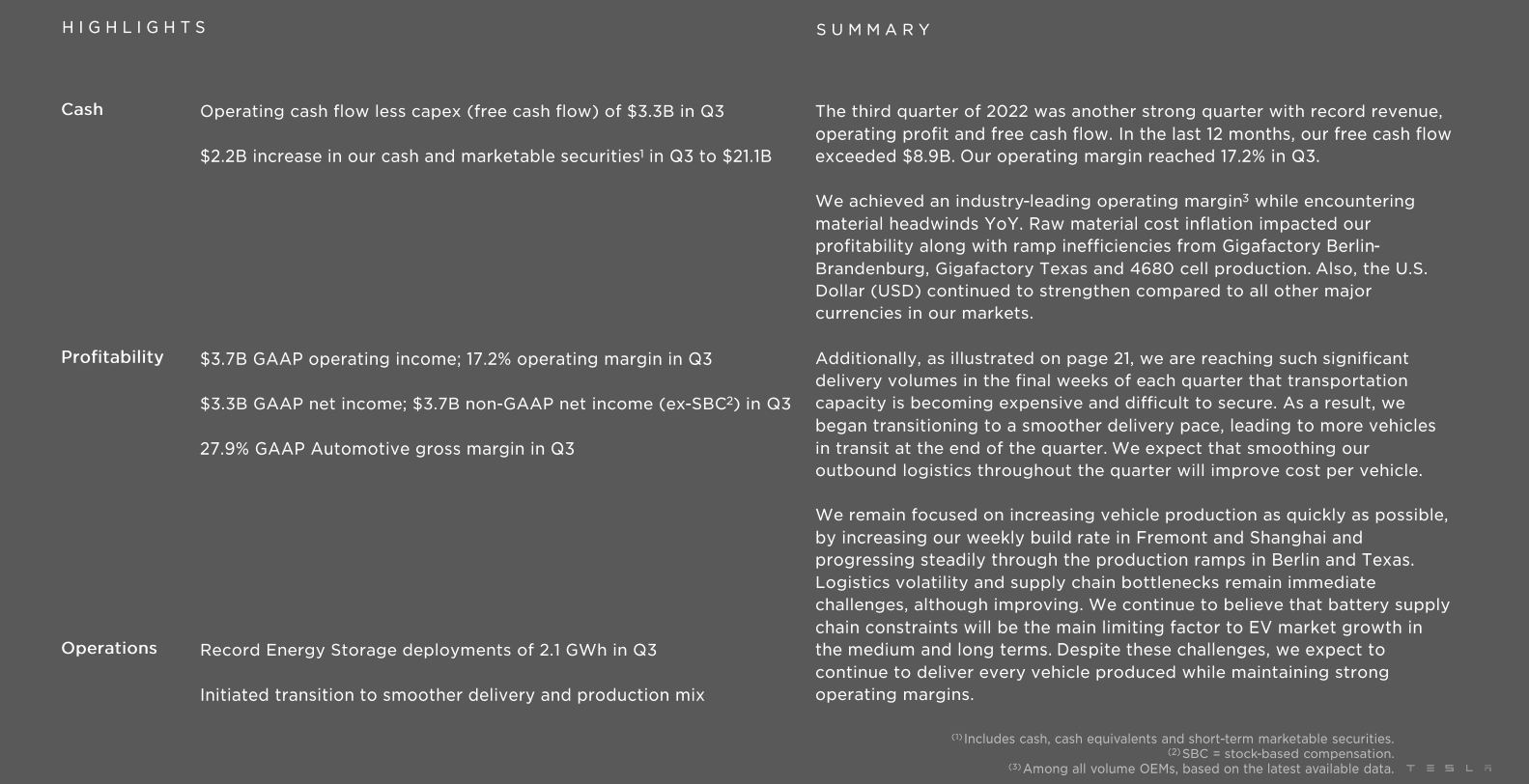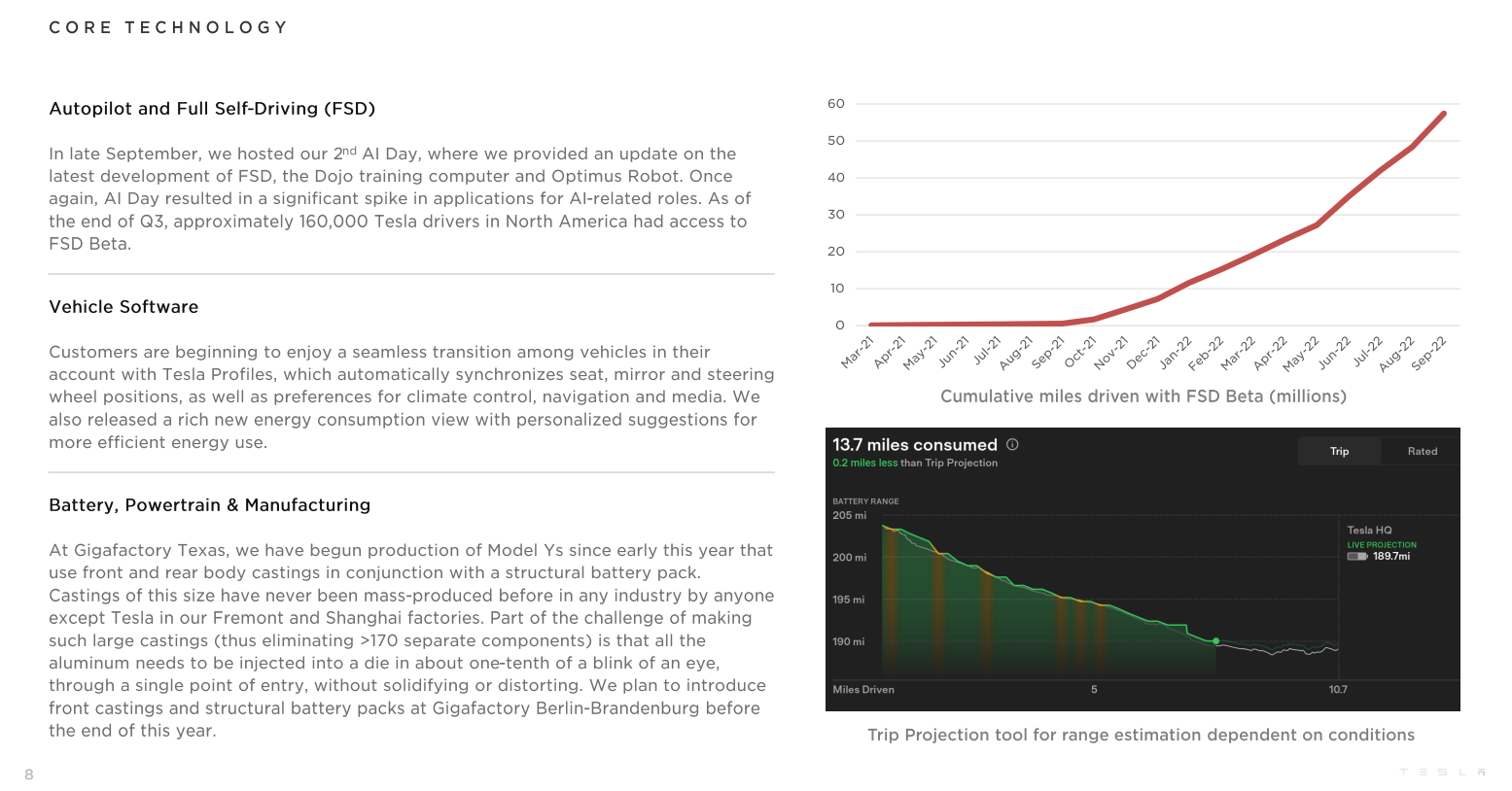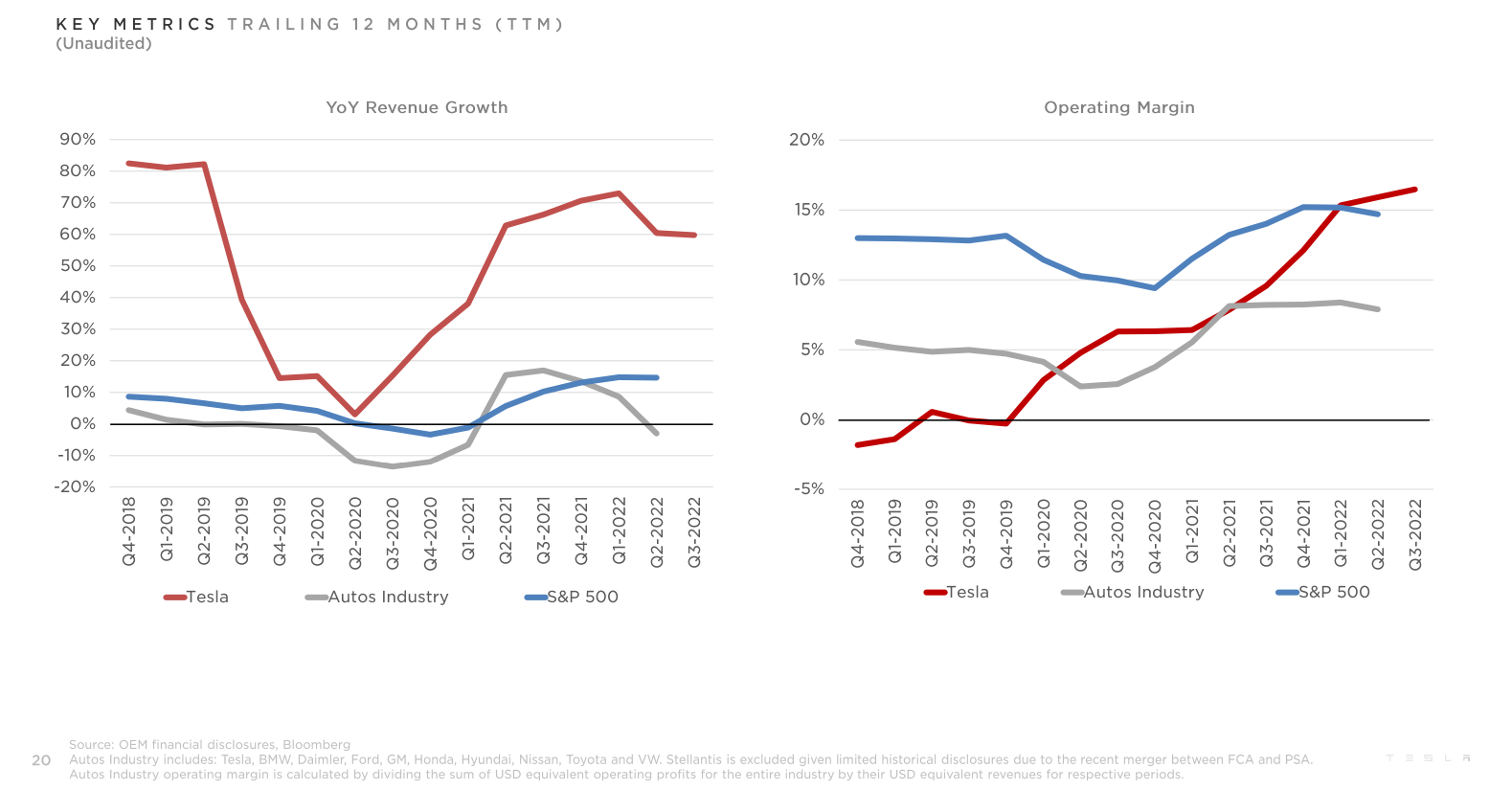Will Tesla Ever Pay A Dividend?

Image Source: Pexels
The appeal of growth stocks is that they have the potential for huge returns. Consider the massive rally by Tesla, Inc. (TSLA); in just the past three years, the stock has returned about 284% to shareholders, and that’s after the stock lost more than two-thirds of its value from the peak in 2021. That’s a lifetime of returns for some investors, and Tesla has done this in a concise period of time.
The downside of growth stocks is that volatility can work both ways. Tesla has recently become consistently profitable, but that was not always the case. And the company had a mounting debt load, in addition to share issuances that diluted shareholders to support growth. Growth stocks can generate strong returns but also carry the burden of high expectations due to their sky-high valuations, and Tesla is certainly no different. In addition, Tesla’s value is tied to its CEO, Elon Musk. The recent drama with Musk and his personal purchase of Twitter has eroded the value of Tesla shares as investors believe he’s distracted from running Tesla.
Plus, Tesla does not pay a dividend to shareholders, which is also an important factor for income investors to consider. As a result, we believe income investors looking for lower volatility should consider high-quality dividend growth stocks, such as the Dividend Aristocrats.
Over time, any company – even Tesla – could make the decision to start paying dividends to shareholders if it becomes sufficiently profitable. In the past decade, other technology companies, such as Apple, Inc. (AAPL) and Cisco Systems (CSCO), have initiated quarterly dividends. These were once rapidly growing stocks that matured, and Tesla could follow the same way one day.
However, the ability of a company to pay a dividend depends on its business model, growth prospects, and financial position. Even with Tesla’s huge run-up in share price, whether a company can pay a dividend depends on the underlying fundamentals. While many growth stocks have made the transition to dividend stocks in recent years, it is doubtful that Tesla will join the ranks of dividend-paying stocks any time soon.
Business Overview
Tesla was founded in 2003 by Martin Eberhard and Marc Tarpenning. The company started out as a fledgling electric car maker but has grown at an extremely high rate in the past several years. Tesla’s current market capitalization is nearly $360 billion, making it a mega-cap stock.
Amazingly, Tesla’s current market capitalization is almost four times the combined market caps of auto industry peers Ford Motor (F) and General Motors (GM).
Tesla has a growing lineup of different models and price points and is looking into expanding that lineup further to become a full-line automaker. Since going public in 2010 at a split-adjusted price of just $1.13 per share, Tesla has produced almost unbelievable returns for shareholders in hopes of massive future growth, as well as tremendous growth that has already been achieved.
Since then, it has grown into the leader in electric vehicles and business operations in renewable energy. Tesla is slated to produce about $82 billion in revenue in 2022.
(Click on image to enlarge)

Source: Investor Update
On October 19th, the company reported better-than-expected adjusted earnings-per-share of $1.05 in the third quarter. This beat expectation of $1.01 per share. Tesla has exceeded the analysts’ earnings-per-share estimates for seven consecutive quarters, thus confirming its strong business momentum.
Quarterly revenue of $21.45 billion came in slightly short of expectations, which called for $22 billion. However, the miss was partly caused by lockdowns in China, which forced the company’s production plant in Shanghai to operate far below capacity for a portion of the quarter. The company has noted freight and shipping bottlenecks at times as well, but importantly, these factors are not driven by a lack of consumer demand for the product. Overall, Tesla enjoys impressive business momentum.
The automotive gross margin of 27.9% was flat compared to the previous quarter, but down from 30.5% in the year-ago quarter. Margin contraction was due mostly to cost inflation and reduced economies of scale amid lower production rates. However, the issues causing margin compression should abate in the coming quarters, and we believe gross margins should rise back above 30% in the relatively near future.
Growth Prospects
Tesla’s primary growth catalyst is to expand sales of its core product line and generate growth from new vehicles. The company’s S/X platform, which gave it the first bout of solid growth, has faded in popularity, and Tesla is instead focused on ramping up its 3/Y platform.
Indeed, the 3/Y platform accounted for about 95% of all deliveries in 2022.

Source: Press Release
In addition to that, Tesla is continuing to develop new models, with a pickup truck rumored, a semi-truck, and even a cheaper, more attainable model than the 3. The company has begun delivering its semi-truck as production of that new vehicle begins to ramp up. It will be some time before that’s a meaningful source of revenue, but it’s a totally new product line that should aid future top-line growth.
Tesla is investing heavily in strategic growth through acquisitions as well as internal investment in new initiatives. First, Tesla acquired SolarCity in 2016 for $2.6 billion. The company is also ramping up vehicle production. Tesla now operates “Gigafactories” in Nevada, New York, Texas, Germany, and China, with more to come to support its burgeoning demand.
Tesla’s competitive advantage stems mainly from its best-in-class software and other technologies, including full self-driving mode.
(Click on image to enlarge)

Source: Investor Update
The company is also doing its best to reduce bottlenecks in its processes and, hence, delivery times. Thanks to these efforts, it recently announced that its rear-wheel-drive model Y delivery times in China had been shortened to 1 to 4 weeks. This is a major improvement compared to a few months earlier when customers had to wait several weeks after placing their orders.
Tesla’s growth in revenue per share has been nothing short of outstanding. It produced more than two hundred times more revenue per share in 2021 than in 2010 when it came public. That level of growth is difficult to find anywhere, which is why Tesla’s shares have performed so well. Whether Tesla can continue to maintain its high growth rate is another question. Management recently stated that it expects to grow vehicle deliveries by 50% per year on average in the upcoming years.
(Click on image to enlarge)

Source: Investor Update
Such a growth rate is undoubtedly outstanding and bodes well for the company’s future potential. Some investors may view the guidance of Tesla as too aggressive, but we note that electric vehicle sales are growing at a breathtaking pace. Electric vehicles are the clear and unwavering path forward for automobiles, and Tesla is the definitive leader in the space. In addition, more than any other automaker, Tesla has delivered outstanding growth year after year. With an expanding product line and its existing, proven winners, we believe the growth outlook for the company is bright.
Will Tesla Pay A Dividend?
Tesla has experienced rapid growth of shipment volumes and revenue in the past several years. But ultimately, a company’s ability to pay dividends to shareholders also requires success on the bottom line. While Tesla has been the epitome of a growth stock through its top-line growth and huge share price gains, its profitability is still diminutive in relation to its market cap. To be sure, the stock is currently trading at 27 times its expected earnings this year.
Without reaching steady profitability, a company cannot pay shareholders’ dividends. In fact, consistently losing money means a company will have trouble keeping its doors open if losses persist over time. However, while this used to be an issue for Tesla, those issues seem to have been fixed by ever-rising delivery volumes. We can see below that the company’s operating margins have soared in recent quarters to an industry-leading 17%+.
(Click on image to enlarge)

Source: Investor Update
Tesla lost money since it became publicly traded back in 2010, up until 2020. It goes without saying that a money-losing company has to raise capital to continue to fund operations. To that end, Tesla has sold shares and issued debt to cover losses and fund expansion in recent years, both of which make paying a dividend even more difficult.
However, since 2020, Tesla has rapidly expanded its profitability and produced almost $6 billion in net income in 2021. The company also produced nearly that much in free cash flow, making it much easier to service its debt obligations and avoid future dilutive share issuances.
Moreover, Tesla has generated a net income of roughly $11 billion in the last 12 months and is expected to earn more than $13 billion in 2022. Furthermore, its interest expense currently consumes less than 2% of its operating income, while its long-term debt of $1.4 billion is a very small fraction of its earnings. In other words, Tesla has improved its profitability so much that its debt has become essentially negligible. We see the sizable improvement in profitability and free cash flow, as well as the improved balance sheet, as supportive of the company’s ability to eventually pay a dividend.
However, Tesla is still very much in hyper-growth mode, and we expect any dividend that may be paid to be many years away. In other words, it is much more profitable for Tesla to reinvest its earnings in its business than to distribute them to its shareholders.
Even if Tesla decided to initiate a dividend, it would be meaningless for its shareholders due to the stock’s high valuation. For instance, if Tesla decides to distribute 30% of its earnings to its shareholders in the form of dividends, the stock will offer just a 1.0% dividend yield. Such a yield will be immaterial for the shareholders, but the dividend will deprive the company of precious funds, which can be utilized in high-return growth projects.
Tesla’s Stock Dividend
Tesla’s famous CEO, Elon Musk, in early 2022, said that he wants Tesla to “increase in the number of authorized shares of common stock … in order to enable a stock split of the Company’s common stock in the form of a stock dividend.”
Essentially, a stock dividend is where a company splits its stock, and the impact on shareholders is that the company’s value doesn’t change, but the share price is lower because there are more outstanding shares.
Indeed, Tesla implemented a 3-for-1 split on its stock, which came into force on August 25th, 2022. As a result, its outstanding share count rose from 1.155 billion to 3.465 billion post-stock dividends, and the stock price adjusted from about $900 before the split to about $300.
A stock dividend is not necessarily a material event for shareholders because their relative stake in the company remains the same; they have more shares at a lower price. However, investors tend to view stock dividends and splits as bullish events; thus, stock dividends can trigger rallies in the share price. Since the split, shares of Tesla have plunged to $114, a decline of nearly two-thirds, so the potential split rally did not come to fruition.
Final Thoughts
Tesla had been among the market’s hottest stocks since the start of the pandemic, producing a massive rally that had taken it above a trillion dollars in market cap. Shareholders who had the foresight to buy Tesla near the 2019 lows have been rewarded with enormous returns through a soaring share price. However, much of the pandemic rally has been unwound, which has improved the prospects of the stock going forward.
However, investors looking for dividends and safety over the long run should probably continue to take a pass on Tesla stock. The company seems committed to using all the cash flow at its disposal to improve its operations’ profitability and invest in growth initiatives. While there is always a possibility that Tesla’s massive share price rally could continue, it is also possible the stock could fall. Investors should remember that volatility can work both ways, and indeed, Tesla shareholders were reminded of this in early 2022 and again recently.
More defensive investors, such as retirees, who are primarily concerned with protecting principal and dividend income, should instead focus on high-quality dividend growth stocks, such as the Dividend Aristocrats. It is unlikely that Tesla will ever pay a dividend, or at least not for many years.
More By This Author:
3 Stocks For Rising Passive Income
The 8 Dividend Aristocrats With The Smallest Dividend Increases
12 Forever Stocks For Generational Rising Passive Income



